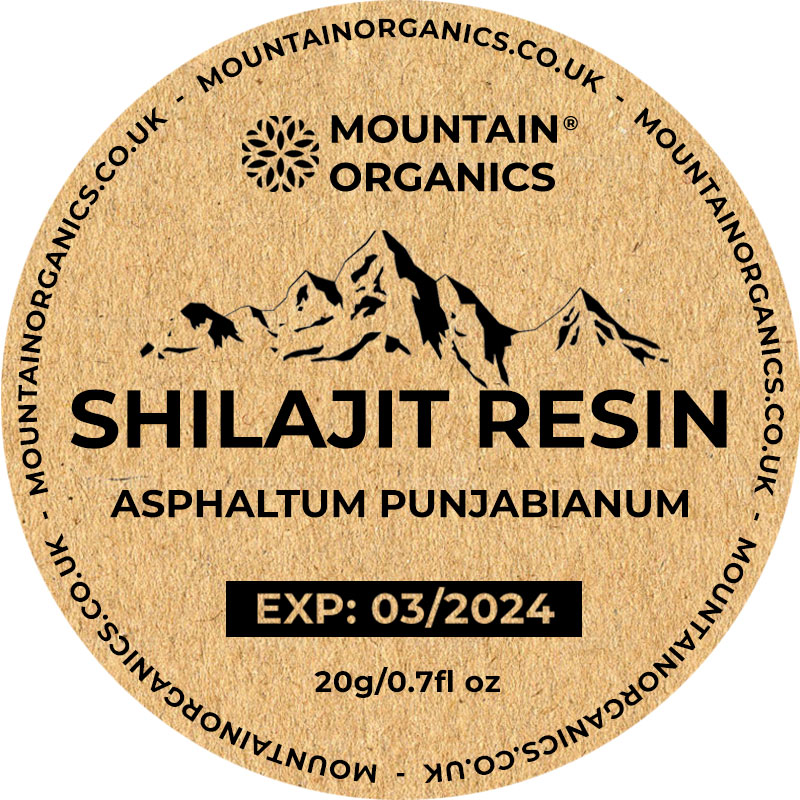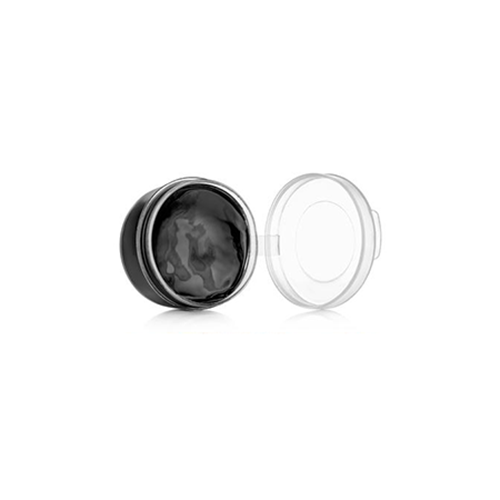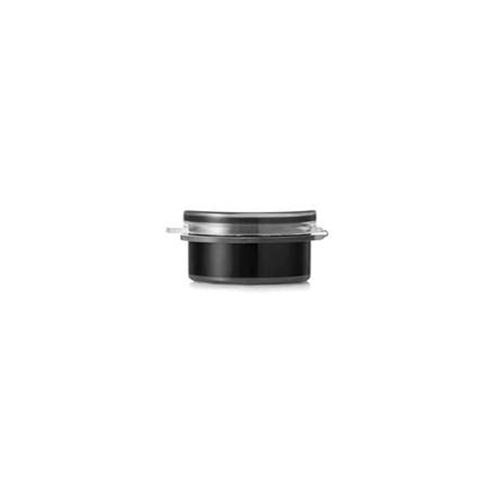Shilajit is a healing mountain wax, which is a mixture of plant and animal components. It has been familiar to folk medicine for several centuries, being famous as a remedy for thousands of diseases. The most valuable species are considered to be the Altai and Eastern varieties. To get the maximum effect from this natural medicine, you need to study the Shilajit, including the beneficial properties and contraindications of the substance. It is found in the mountains of Altai, Iran, as well as Arabia, India, Indonesia, Australia, Burma, and Mongolia. Shilajit can also be found in South America. According to experts, the Shilajit is the result of high-quality processing of biomass in a mountainous climate.
Biochemical composition
Shilajit is a complex natural organo-mineral complex consisting of more than 80 components.
The biochemical composition of Shilajit contains: nonessential and essential amino acids (glutamic acid, glycine, histidine, phenylalanine, methionine, threonine, tryptophan, isoleucine, lysine, arginine, valine, aspartic acid, etc.), monounsaturated acids, linoleic acid, linolenic acid, ), phospholipids, organic acids (hippuric, benzoic, adipic, succinic, citric, oxalic, lichen, kojic, tartaric, etc.), essential oils, resins, resin-like substances, steroids, alkaloids, enzymes, chlorophyll, tannins, coumarins , terpenoids, carotenoids (provitamin A), flavonoids (including rutin (vitamin P), vitamins B1, B2, B3, B6, B12, C, E, as well as about 60 macro- and microelements (potassium, magnesium, calcium, sodium, phosphorus, manganese, iron, zinc, copper, sulfur, silicon, selenium, chromium, silver, cobalt, nickel, aluminum, etc.).
In the mineral composition of Shilajit, the leading positions are occupied by potassium, calcium, magnesium and manganese – the share of these macroelements accounts for 20% to 60% of the inorganic component of Shilajit (the mineral part of Shilajit, consisting of free macro- and microelements, hydroxides and insoluble salts (potash, calcite ), lime, dolomite, quartzite, etc.) makes up an average of 12 to 40% of the mass of this useful natural product).
The organic part is more than 70% of the total mass of Shilajit.



Reviews
There are no reviews yet.